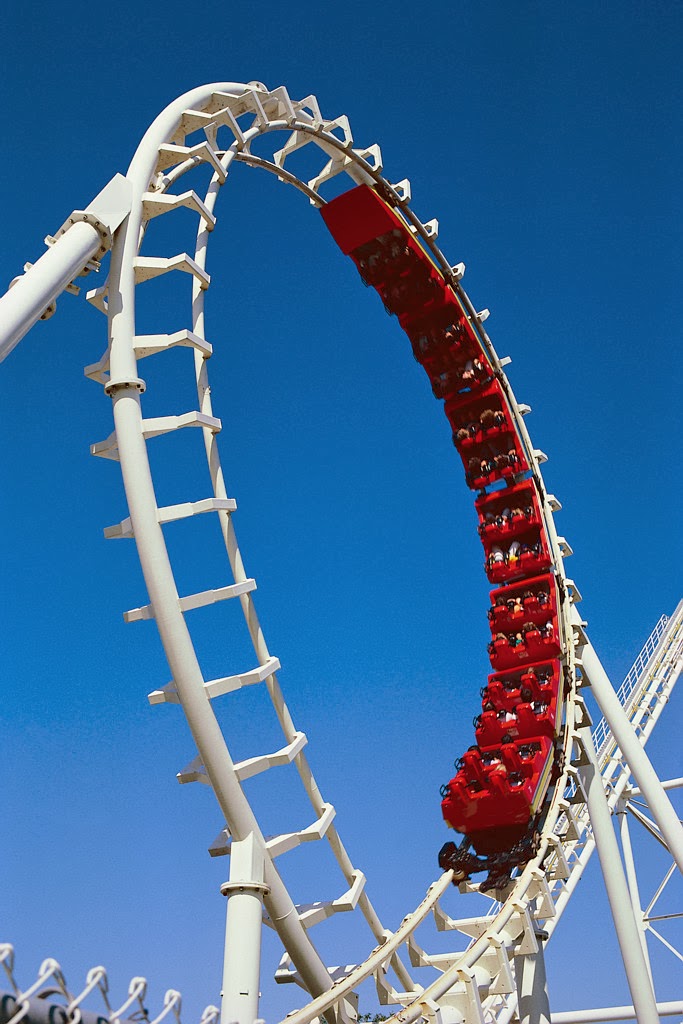And the "Garden Hottie" Prize goes to Susan & Steve Phillips of Bed 18!
 |
| Susan & Steve's "Garden Hottie" Prize! Farmer D's Bio-Dynamic Blend Organic Compost providing a wealth of versatility in the garden! |
Yes Susan & Steve, it's you! You have the hottest bed in the garden right now! Taking the garden temperatures this past week has been rather interesting. While our desire is to see the ground temperatures consistently on the rise, we have experienced exactly the opposite. Unfortunately, the few nights of extremely cold weather has taken our temperatures from the start of the week at 64.3 degrees Fahrenheit down to an average of 59.8 degrees as of Thursday.
I took all readings late day between 5:00 p.m. and 6:30 p.m. to maximize any heat we may have acquired throughout the afternoon hours. I use a digital meat thermometer when taking temperatures as these do provide very accurate results. The temperatures of each bed are taken, divided by the total number of beds, and the result is the garden average. If you have two beds, I utilize the warmest or coldest one depending on which serves you the best for the purpose of contest prizes.
As one may expect the chilliest section of the garden remains the area that receives the most shade near the pecan tree and picnic table. This section had only one bed breaking the 60-degree mark. That was John and Maxine's with a soil temperature of 61.8 degrees. The overall average in this section is 58.1 degrees Fahrenheit.
The most consistent section where the temperatures show the least fluctuation is the area of the garden that also includes special needs. I believe that when we do obtain our heat, it is lost at a lower rate based on some insulation from the surrounding woods. This scenario was also the same last year during the period at which temperatures were monitored on a regular basis. The overall average for this section is 58.6 with those who cover on a regular basis having temps in the low 60's.
Now let's look at the garden's hottest areas! The overall warmest section in the garden is the uppermost right hand side closest to the orchard. The average for that area is 61.4 degrees with only a couple beds under the 60-degree mark. This area continues to warm the fastest when looking at trends in the garden. However, this section also experiences the greatest fluctuations due to the openness of their bed locations.
The section that houses our "Garden Hottie" prize winners has both the warmest and coldest beds in the garden. Steve and Susan's bed was 68.2 degrees Fahrenheit, which has to do with the fact that they remain diligent in their covering during periods of cold weather. This allows them not only the ability to retain most of the gains in any ground temperatures they acquire but also the option to get an early start on warm season vegetables when the time arrives. The coldest bed was number 22 belonging to Carol. Her temperature was 53.6 degrees. It is always interesting to see how two beds right next to each other can have such a difference in micro-climates. The temperature of Carol's bed is due to the mulch layer she has surrounding the garlic. This will serve her very well during the bulbing stage, as if the soil temperatures get too high the garlic tends to shut down affecting its final size during the end game. The overall average for this section is 60.9 degrees with only a couple beds under the 60-degree mark as well.
I am hopeful that the last of the really cold weather is behind us and we will start to see the warming trend that we look forward to with anticipation of great summer produce. I will continue to keep us all posted! Congratulations Susan & Steve, you are the hottest!
Happy Gardening,
Denise, Beds 25 & 29























